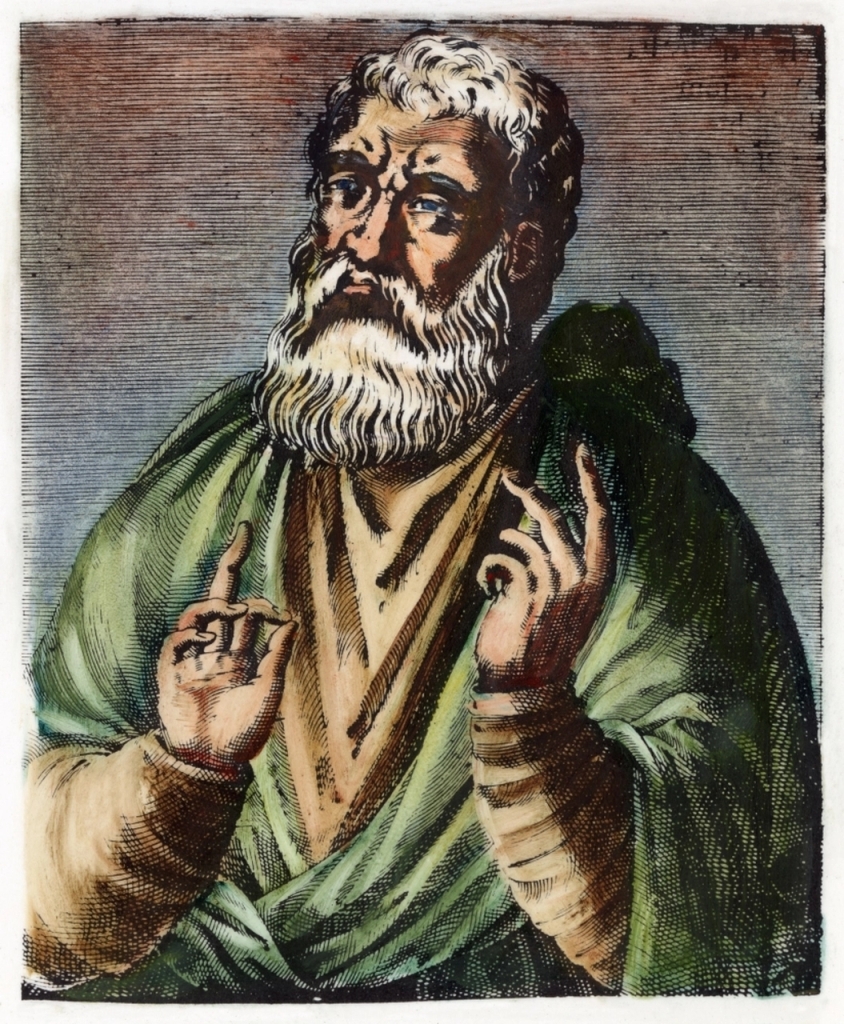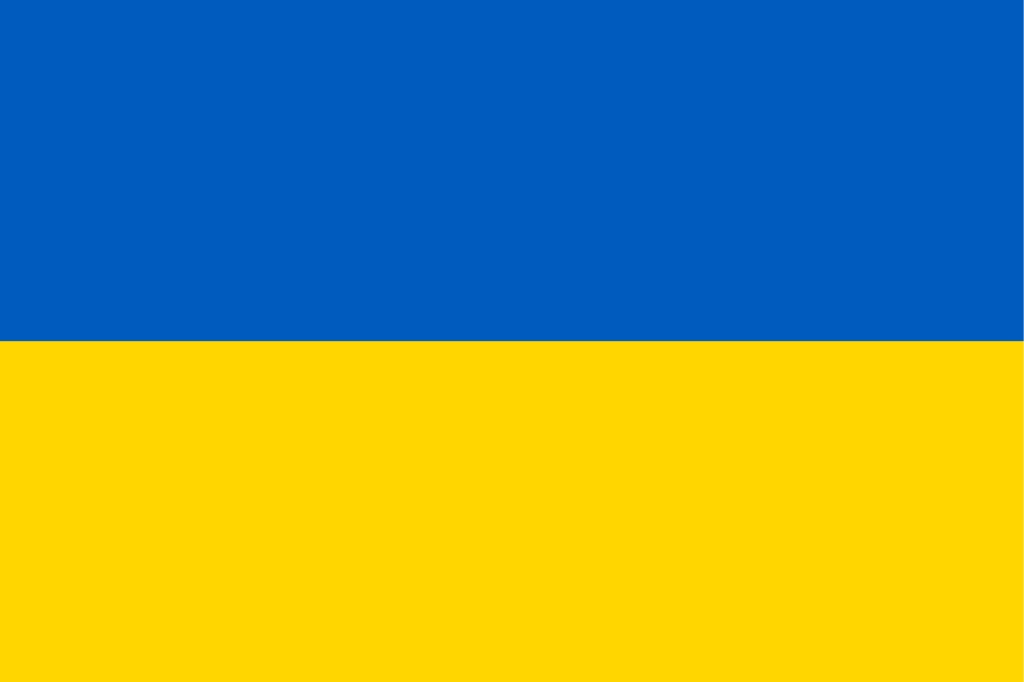Blog Archives
Quote for the Week
Ἀλλήλοις θ᾽ ὁμιλεῖν, ὡς τοὺς μὲν φίλους ἐχθροὺς μὴ ποιῆσαι, τοὺς δ᾽ ἐχθροὺς φίλους ἐργάσασθαι. ἴδιόν τε μηδὲν ἡγεῖσθαι.
We ought so to behave to one another as to avoid making enemies of our friends, and at the same time to make friends of our enemies.
–As quoted in Diogenes Laërtius, Lives and Opinions of Eminent Philosophers, “Pythagoras”, Sect. 23, as translated in Dictionary of Quotations (1906) by Thomas Benfield Harbottle, p. 320; courtesy of Wikiquote.
Einstein and the Millennium Falcon–the Timeline of The Empire Strikes Back
After forty-one years and counting of the Star Wars franchise, which has brought us ten movies, seven television series, and God knows how many books, comics, works-in-progress, and various other media artifacts, I still maintain that the pinnacle of them all was the second movie (Episode V), The Empire Strikes Back. I will take that statement as self-evident 🙂 and thus I don’t intend to make that argument here. Rather, I recently wrote a post about space in which I mentioned time dilation in The Empire Strikes Back, and said that that would be material for another post. This is that post.
I watched The Empire Strikes Back when it came out in 1980, the summer after my junior year in high school. It was long-anticipated, and as I’ve mentioned before, some loud-mouthed acquaintances, having read the book before the movie came out, spoiled the big reveal about Darth Vader being Luke’s father. Despite this, I found I enjoyed the movie enormously, more even than I had the first. I think this is a good demonstration of an argument made by the Plaid Adder, a blogger I follow. She says that if a reveal is properly done, then a spoiler–finding out about it ahead of time–doesn’t, in fact, spoil the show. This was definitely the case with me and Empire.
Anyway, I don’t know when I got to thinking about the specific issue I want to discuss today, but it gradually presented itself to me over the course of a few years. I don’t think I was aware of it at the time I watched the movie for the first time; but I think I had the matter articulated by the time I was in college. To make it clear just what I’m talking about, let’s have a quick recap of the relevant events of the movie.
The Alice Books
The two books that are perhaps the most famous children’s books of the Victorian Era were written by an unlikely author. Charles Lutwidge Dodgson (pronounced DOD-son–the “g” is silent) was an Oxford don–a professor of mathematics, specifically–a skilled amateur photographer, and a deacon in the Church of England. Despite the expectations of his father, Dodgson did not emulate him by going on to the priesthood. Rather, taking advantage of an exemption made for him by the dean of the college, Dodgson remained at Christ Church College, Oxford, for the rest of his life, lecturing in mathematics and occasionally preaching sermons as a deacon.
Dodgson never married nor had children of his own. However, throughout his life he had many child-friends, mostly young girls. One in particular, Alice Pleasance Liddell, made him famous. Alice was the daughter of Henry George Liddell, dean of Christ Church, and a formidable classical scholar (he was co-author of Liddell and Scott’s Greek-English Lexicon, still in use after 175 years). Dodgson became friends with Alice and her two sisters closest in age to her, Lorina and Edith. They would often go on excursions, during which the girls would plead with Dodgson to tell them stories. He was always happy to comply. On one such excursion in 1862–memorialized by Dodgson as the “golden afternoon“–Dodgson, accompanied by his friend the Reverend Robinson Duckworth, took the three girls on a boat ride down the Isis River.
As usual, Dodgson, at the girls’ request, told one of his stories. This time, at the end of the day, Alice implored Dodgson to write it down. Eventually he did so and presented the result, Alice’s Adventures Underground, to Alice Liddell. Later, at the suggestion of his friend George MacDonald, he expanded and reworked the book for publication. The result, Alice’s Adventures in Wonderland, published in 1865 under the pen name Lewis Carroll (by which Dodgson is usually known), was a sensation, and has never been out of print since. In 1871 Dodgson published the equally well-known sequel, Through the Looking-Glass and What Alice Found There. In 1876 he published the long comic poem The Hunting of the Snark, which, in modern parlance, takes place in the same universe as the Alice books; and in 1895 he published the two-part children’s novel Sylvie and Bruno. Sylvie and Bruno is largely forgotten, considered by most to be Dodgson’s weakest work. The Alice books, along with The Hunting of the Snark, are his masterpieces.
Omar Khayyám
Appropriately, I begin this series with the patron of this blog, غیاث الدین ابوالفتح عمر بن ابراهیم خیام نیشابورﻯ, in proper Persian transcription, Ghiyāth ad-Din Abu’l-Fatḥ ‘Umar ibn Ibrāhīm al-Khayyām Nīshāpūrī. In the West, though, he’s most commonly known as Omar Khayyám (in the Victorian era, when Edward FitzGerald’s famous translation of Omar’s poetry became wildly popular, the custom for indicating long vowels in Persian transcription was to use the acute accent; nowadays, the macron is preferred; hence, “Khayyám” vs “Khayyām”).
Omar is best known in the west as the author of the Rubáʿiyát. This is the plural of rubáʿi, which simply means “quatrain” (a verse of four lines). The rubáʿi was a very popular genre of verse in Persia, and hundreds of rubáʿiyát are attributed to Omar. Beginning in 1859, the English poet Edward FitzGerald translated a number of the rubáʿiyát attributed to Omar, publishing them under the title The Rubáiyát of Omar Khayyám (for keen-sighted readers, I’m not being inconsistent. The apostrophe, representing the glottal stop, should properly be between the first “a” and the “i” in rubáʿiyát–thus, it’s pronounced “roo-BAH-ee-yaht”, not “roo-BYE-yaht”. However, FitzGerald left it out, for whatever reason. Thus, when I print the title as he gave it, I’m following suit; but when discussing the genre as such, I’m leaving the glottal stop in). Over the remainder of his life, FitzGerald produced five editions of the Rubáiyát. This book became immensely popular in the Victorian age, and while less well-known now, it is still moderately popular, and has never been out of print.
Quote for the Week
Pure mathematics consists entirely of assertions to the effect that, if such and such a proposition is true of anything, then such and such another proposition is true of that thing. It is essential not to discuss whether the first proposition is really true, and not to mention what the anything is, of which it is supposed to be true. Both these points would belong to applied mathematics. We start, in pure mathematics, from certain rules of inference, by which we can infer that if one proposition is true, then so is some other proposition. These rules of inference constitute the major part of the principles of formal logic. We then take any hypothesis that seems amusing, and deduce its consequences. If our hypothesis is about anything, and not about some one or more particular things, then our deductions constitute mathematics. Thus mathematics may be defined as the subject in which we never know what we are talking about, nor whether what we are saying is true. People who have been puzzled by the beginnings of mathematics will, I hope, find comfort in this definition, and will probably agree that it is accurate.
–Bertrand Russell, Recent Work on the Principles of Mathematics, published in International Monthly, Vol. 4 (1901), courtesy of Wikiquote
The Apple and the Multiverse, Revisited: The Emanations of God
We left off last time with hints of fascinating implications of the idea of God making the universe by His emanations. To refresh, we noted that “creation” implies making something ex nihilo–out of nothingness. The thing so created is existentially separate from God, although, according to Thomist thought, at least, it requires His ongoing action to continue in existence. By contrast, “emanation” implies a “flowing into”, whereby a “part” of God “flows into” what He makes, bringing it into existence. In a sense, the things emanated are not existentially or ontologically separate from God. Let’s look at this latter mode of making a universe in more detail.
First, it’s necessary to point out that no amount of emanation–no amount of “flowing out”–ever exhausts God’s essence. A reservoir has a limited amount of water to flow out into irrigation channels, to households, and so on. Let out too much and it will be left dry. Likewise, if I keep pinching smaller lumps of clay off of a larger lump, sooner or later there will be no large lump left. It doesn’t work that way with God, though–there’s no limit to the number of beings or entities (the technical theological term is “creature”–we use it to mean animals, but literally, “creature” means anything, animal, vegetable, or mineral, that has been created. It is in this sense that I’ll use the term here) which He can emanate. This is simply because God is infinite.
Quote for the Week
… es ist wahr, ein Mathematiker, der nicht etwas Poet ist, wird nimmer ein vollkommener Mathematiker sein.
… it is true that a mathematician who is not somewhat of a poet, will never be a perfect mathematician.
–Karl Weierstrass, letter to Sofia Kovalevskaya, August 27, 1883, as shared by Gösta Mittag-Leffler at the 2nd International Congress for Mathematicians in Paris. Compte rendu du deuxième Congrès international des mathematiciens tenu à Paris du 6 au 12 août 1900, Gauthier-Villars (Paris), 1902, page 149. Courtesy of Wikiquote.
Quote for the Week
Whoever thinks algebra is a trick in obtaining unknowns has thought it in vain. No attention should be paid to the fact that algebra and geometry are different in appearance. Algebras (jabbre and maqabeleh) are geometric facts which are proved by propositions five and six of Book two of Elements.
–As quoted in “A Paper of Omar Khayyam” by A.R. Amir-Moez in Scripta Mathematica 26 (1963). This quotation has often been abridged in various ways, usually ending with “Algebras are geometric facts which are proved”, thus altering the context significantly. Courtesy of Wikiquote.
Quote for the Week
I was unable to devote myself to the learning of this algebra and the continued concentration upon it, because of obstacles in the vagaries of time which hindered me; for we have been deprived of all the people of knowledge save for a group, small in number, with many troubles, whose concern in life is to snatch the opportunity, when time is asleep, to devote themselves meanwhile to the investigation and perfection of a science; for the majority of people who imitate philosophers confuse the true with the false, and they do nothing but deceive and pretend knowledge, and they do not use what they know of the sciences except for base and material purposes; and if they see a certain person seeking for the right and preferring the truth, doing his best to refute the false and untrue and leaving aside hypocrisy and deceit, they make a fool of him and mock him.
Treatise on Demonstration of Problems of Algebra (1070). Courtesy of Wikiquote.



















